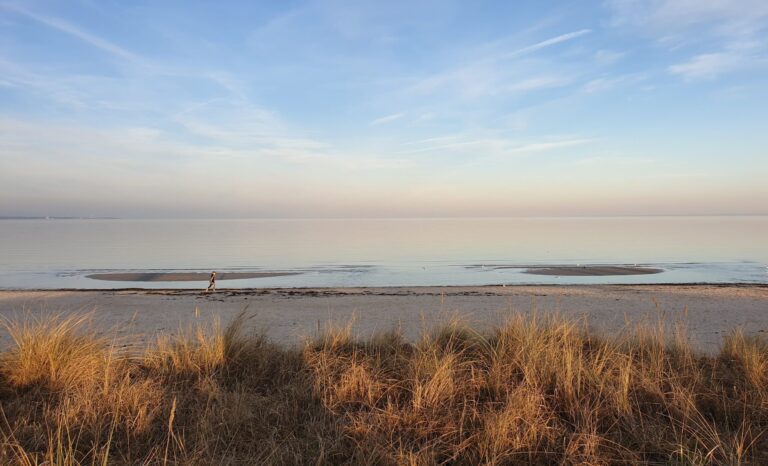
Antti Belinskij
Professor antti.belinskij(at)uef.fi

The Baltic Sea region faces nutrient pollution, biodiversity loss, and climate change. International and EU-level policies—like the Baltic Sea Action Plan and the Helsinki Convention—must work together with directives targeting zero pollution, biodiversity, and climate objectives. HELCOM, public authorities, NGOs, and other stakeholders all play a part. This case study evaluates how strategic impact assessments, environmental impact assessments, and planning measures fit together, uncovering governance gaps and encouraging better cooperation. The main aim is to achieve holistic environmental protection and sustainable resource management across the Baltic region.





Find solutions to integrate zero pollution, biodiversity and climate change policies at the Baltic Sea level
Baltic Sea Action Plan and other activities under the Helsinki Convention
EU Baltic Sea policy
Baltic Sea
HELCOM
Public authorities
Interest groups and NGOs
Baltic SEA level SIA requirements
Baltic Sea level requirements on permitting and EIA, international law and policy related to agriculture and nutrient loading and offshore wind farms
Water status objectives at the Baltic Sea level provisions and in the Baltic Sea Level Plans
Measures in the Baltic Sea Action Plan, related plans and EU Baltic Sea level plans
Governance: Helcom and Baltic Sea action, possible bottom-up collaboration

The CrossGov project is funded by the European Union under Grant agreement ID 101060958.
The website content is the sole responsibility of CrossGov project and does not necessarily reflect the views of the European Union.